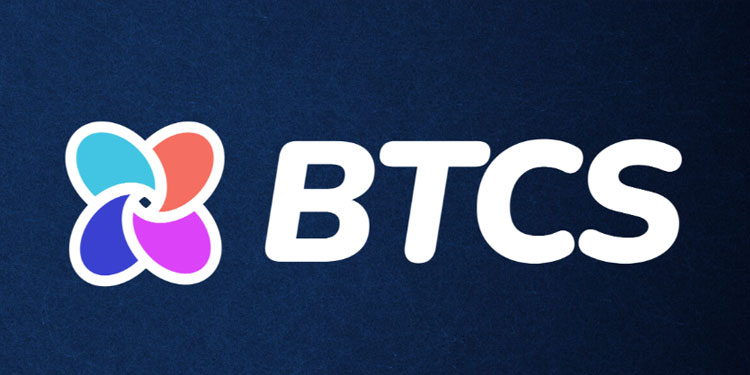
When it comes to interfacing with other blockchains like Bitcoin and Ethereum, DOT is planned to house a number of bridge nodes that enable tokens to be transferred without the need for a central exchange. In addition, Polkadot’s $200 million round is one of the most successful blockchain fundraisers ever.
In addition, DOT is a multichain network, enabling it to handle several transactions on multiple blockchain systems simultaneously. Transactions are processed one at a time on legacy networks like Bitcoin. As a result of this, the DOT network is capable of processing up to 1,000 transactions per second, which is more than 200 times faster than the speed of Bitcoin.
What Polkadot calls “Nominated Proof-of-Stake” is one of their most groundbreaking concepts (NPoS). Validators on the Polkadot network nominate the Polkadot validators they want to see on their network. Pre-production test network known as “Kusama” was developed by Polkadot as another key innovation. This network allows developers to test code before it goes live on the Polkadot main network.
A validator node operated by BTCS is actively protecting Kusama’s network and earning income from its activities. As one of the most widely-used blockchains, Polkadot’s scalability, interoperability, and speed make it a popular choice. At the beginning of 2021, there were 2,600 developers on the network, and currently there are more than 10,000. Since then, the code has grown from 600,000 lines to nearly 2 million lines of code.
It’s “astronomical” how much code BTCS’s COO Michal Handerhan says the company adds each year. From the beginning of 2021 to the end of 2021, DOT will have approximately four times as many developers and lines of code than its predecessor.
It is estimated that BTCS has placed a bet of $620k on 38,372 DOT tokens. BTCS, on the other hand, is reaping ever-increasing dividends. In contrast to validator node operators who earn an APY on staked coins but also charge a fee on the returns of their users’ staked assets, staking lets users to earn an annual percentage yield on their staked assets.
BTCS’ Staking-as-a-Service platform is premised on the very scalable nature of both staking Polkadot and enabling users to stake DOT to receive token payouts. For the first time, a publicly listed firm in the United States focuses only on blockchain infrastructure and technology, as BTCS has done.
It protects Proof-of-Stake blockchains by actively processing and verifying transactions and is paid with native digital currencies as a result of these activities. Users will be able to stake and delegate supported cryptocurrencies on a non-custodial platform that will be integrated with the Company’s Data Analytics Dashboard, which is currently in development.
Digital asset data analytics platform owned by BTCS is already supporting over 800 digital assets on six exchanges. The firm intends on adding more exchanges, wallets, and stake pool monitoring to its suite of performance-tracking capabilities in the future.